Gymnocalycium Intertextum Cactus seeds pack of 20 seeds
₹199.00
Out of stock
Email when stock available
Gymnocalycium Intertextum Description: Usually solitary
Stems: Green, spherical up to 10 cm in diameter.
Ribs: 13-15 ribs with rounded and pointed tubercles.
Spines: 5-7
Remarks: Seems to be a pretty variable plant you might get some other names which are effectively the same plant…. and also not sure all plants identified as this are really this
Cultivation and Propagation: Gymnocalycium intertextum is a summer grower species that is easy to cultivate.
Growth rate: It is a relatively slowly growing but easily flowering species.
Soils: It likes very porous standard cactus mix soil. Prefer a low pH compost, avoid substrata rich in limestone; otherwise growth will stop altogether.
Repotting: This plant needs plenty of space for its roots, repotting should be done every other year or when the it has outgrown its pot. Use pot with good drainage.
Watering: Needs moderate to copious waterings in summer, but do not overwater (Rot prone), keep dry in winter at a minimum temperature of 0°C.
Fertilization: Feed with a high potassium fertilizer in summer.
Hardiness: Reputedly resistant to frost if kept on the dry side prior to, and during, cold weather (hardy to -5 C ° C, or less for short periods).
Exposition: The plant tolerates extremely bright situations but enjoys filtered sunlight or afternoon shade, inside it needs bright light, and some direct sun. Tends to bronze in strong light, which encourages flowering and heavy spine production, but is likely to suffer from sun scorch or stunted growth if over exposed to direct sunlight during the hottest part of the day in summer. In full sun turns an uneven brownish red colour.
Uses: It is an excellent plant for container growing. It always looks good and stays small. It look fine in a cold greenhouse and frame or outdoor in a rockery.
Pests & diseases: It may be attractive to a variety of insects, but plants in good condition should be nearly pest-free, particularly if they are grown in a mineral potting-mix, with good exposure and ventilation. Nonetheless, there are several pests to watch for:
– Red spiders: Red spiders may be effectively rubbed up by watering the plants from above.
Be the first to review “Gymnocalycium Intertextum Cactus seeds pack of 20 seeds” Cancel reply
You must be logged in to post a review.
Related products
cactus and succulent seeds
Gymnocalycium mihanovichii LB2178 Rare cactus seed pack of 10 seeds
cactus and succulent seeds
cactus and succulent seeds



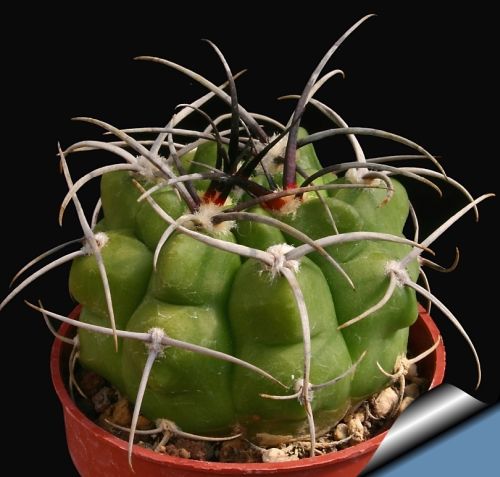
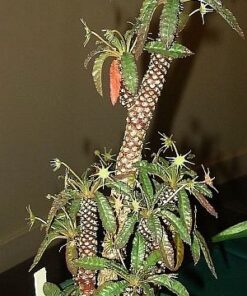
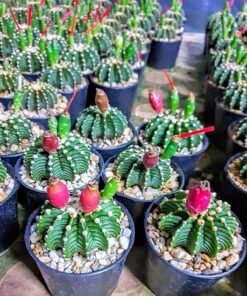
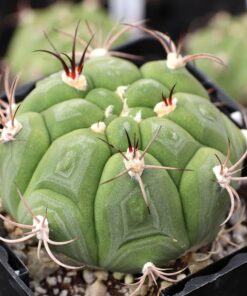
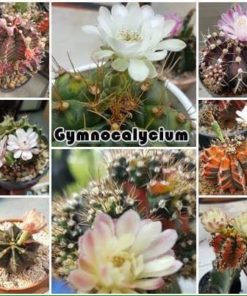
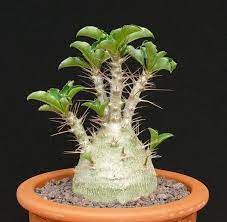
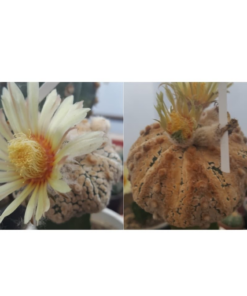
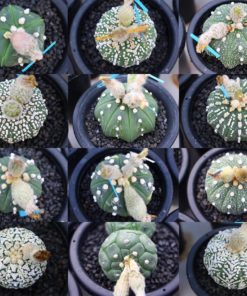

Reviews
There are no reviews yet.